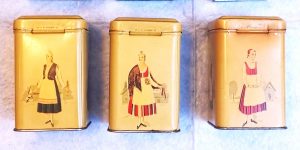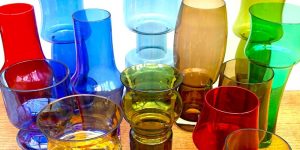Arabia’s Utility Items Became Collectibles
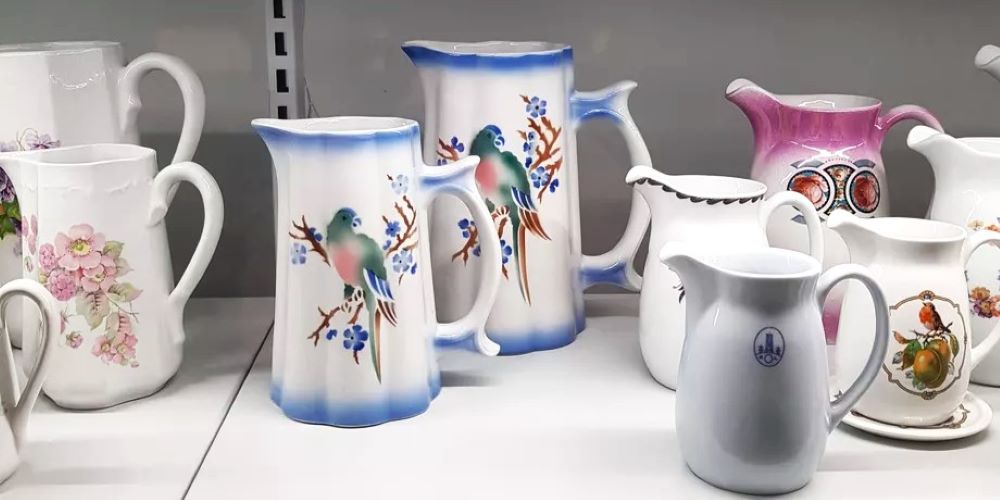
Almost every Finnish home has Arabia dishes and most of them also have old Arabia dishes. Few people throw old, intact dishes in the trash, and that’s fine: although the collection price of most is only a few euros, the most desirable ones can fetch hundreds of euros.
The price level of utility containers has even decreased in recent years.
Even fine Arabic dinnerware for six and eight persons from the 1930s-1950s can be found at auctions for 100-200 euros nowadays, and a small chip or damage to the decorative pattern can drop the price of the dish considerably. People don’t have storage space for many dishes. Since old dishes cannot be washed in a dishwasher, their use will be limited. A few cups or jugs are often sufficient for decorative purposes.
However, there is a buyer for almost all of Arabia’s intact dishes when the price is right. A single pair of coffee cups or a plate often costs only a few euros, but there are real collectibles in the tableware as well.
The parrot is the nobility of milk jugs
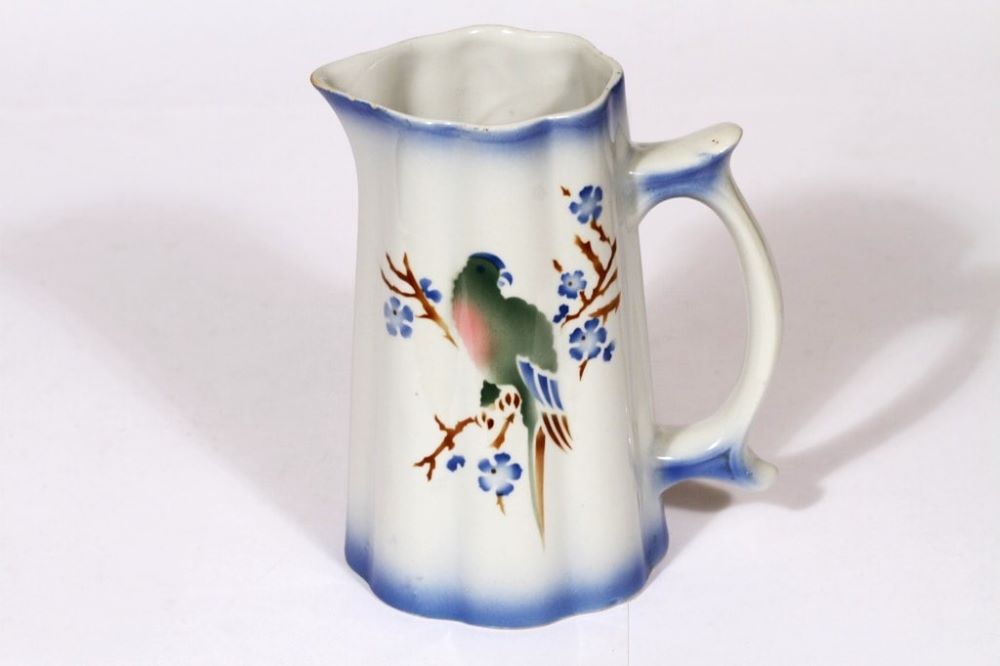
There are many people in Finland who collect, for example, Arabia milk jugs to decorate their homes. They are made in so many different ways that they could decorate several kitchens from floor to ceiling.
“Papukaija” jug, produced only for a short period of time in the 1940s, is popular among Finnish collectors. Only the CB model jug comes in two different sizes: 1 and 2 liter models.
In general, the value of the jug is increased by the knowledge of the renowned designer, but the designer of the decoration of the “Papukaija” jug is unknown. These pitchers were only produced for a short time in the 1940s, but quite often you can see them being sold at value auctions. A smaller one, with a capacity of one liter, costs 300-500 euros and a two-liter one costs 500-900 euros. For example, in spring, a 19.5 cm high jug was sold at Annmari’s auction in Tampere for about 360 euros, including auction fees.
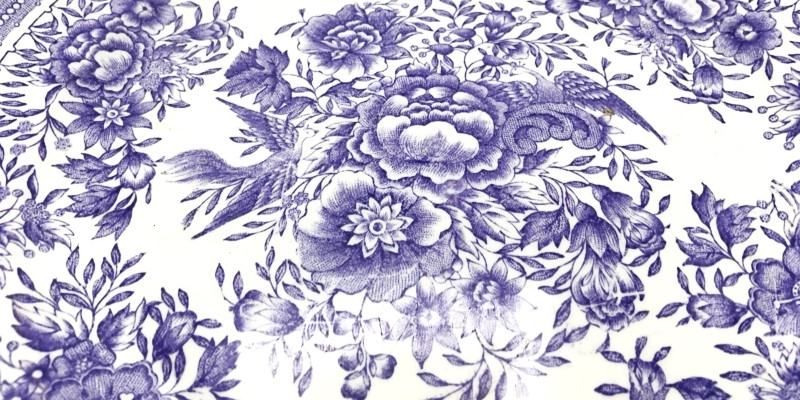
However, there are collectors, and some coffee and milk jugs already cost hundreds of euros. For example, a fully intact “Fasaani” milk jug easily costs 150-250 euros in the market. You have to pay even more for the so-called A parrot jug, which has a picture of a parrot on the side.
Dishes that are in demand are, for example, the very common “Fasaani”, Japanese-inspired “Koivunurpu”, “Valencia” designed by Ulla Procopé, Disney-themed children’s dishes, “Lotta Svärd” dishes, and Birger Kaipiainen’s “Paratiisi”, which is still in production.
“Fasaani” (Pheasant) is Arabia’s longest-lived pattern. It was intended to imitate the hand-painted blue-and-white porcelain brought from the Far East. An old (from the 1920s-1930s), blue Fasaani plate usually costs 10-30 euros and a broth bowl up to 70-100 euros.
A wide spectrum in collectible sets
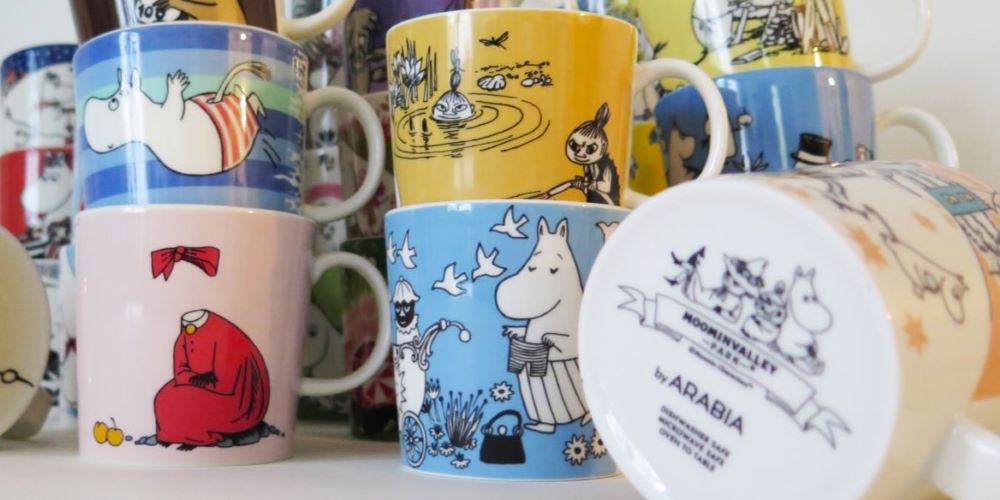
Arabia – like almost all other porcelain factories – has produced numerous collector’s sets, which were easy to give, for example, as a Christmas or birthday present. Kalevala, Christmas, Alariesto, presidential, Åland art, etc. annual plates have been made, but really only the rarest of the Moomin series products are coveted by collectors all the way abroad.
Of course, others are also collected, but the supply is quite plentiful and the prices correspond to it.
Prices can vary quite a bit. For example, Moomin Christmas mugs 2004-2005 are sold on websites for 100-250 euros – those without a sticker are at the cheaper end of the price scale. The rarest Moomin product is Fazer’s Christmas gift mug from 2004. Only 400 were made, and it has been asked for up to 3,800 euros.
Collectors and decorators are also interested in e.g. Old spice and flour jars from Arabia. The cheerfully colored and classically stylish Pomona jam jars are also popular as utility items, and you usually have to pay 70-90 euros for a honey jar from the series.
Even the lid of the Pomona jar is in demand, and you can’t usually find it on sale for less than ten euros.
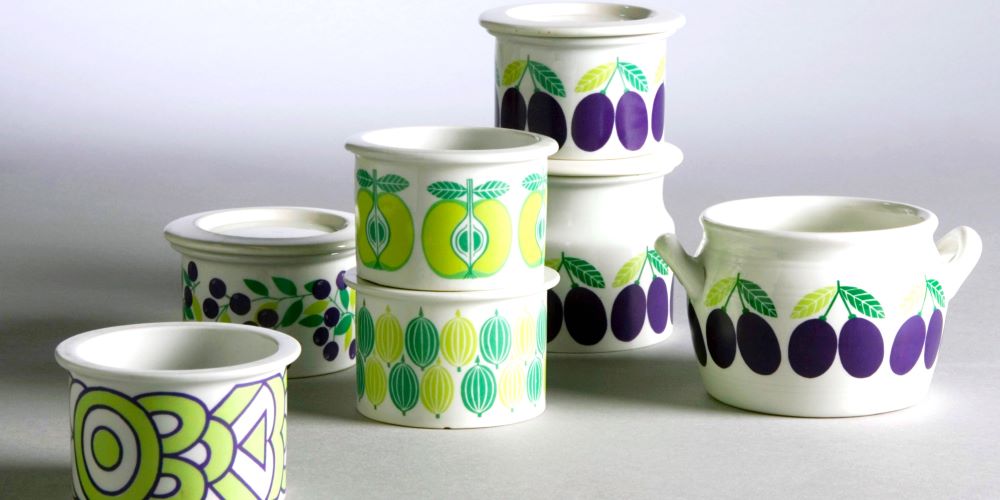
Arabia dishes have also been popular in Sweden. They are always available at local auctions. For example, online auction Tradera has more than a thousand of them for sale all the time.
For some series, you can find supplements there even significantly cheaper than in Finland, but the shipping costs even out the prices a lot. The cheaper the purchase, the larger the share of shipping costs in the total costs.
